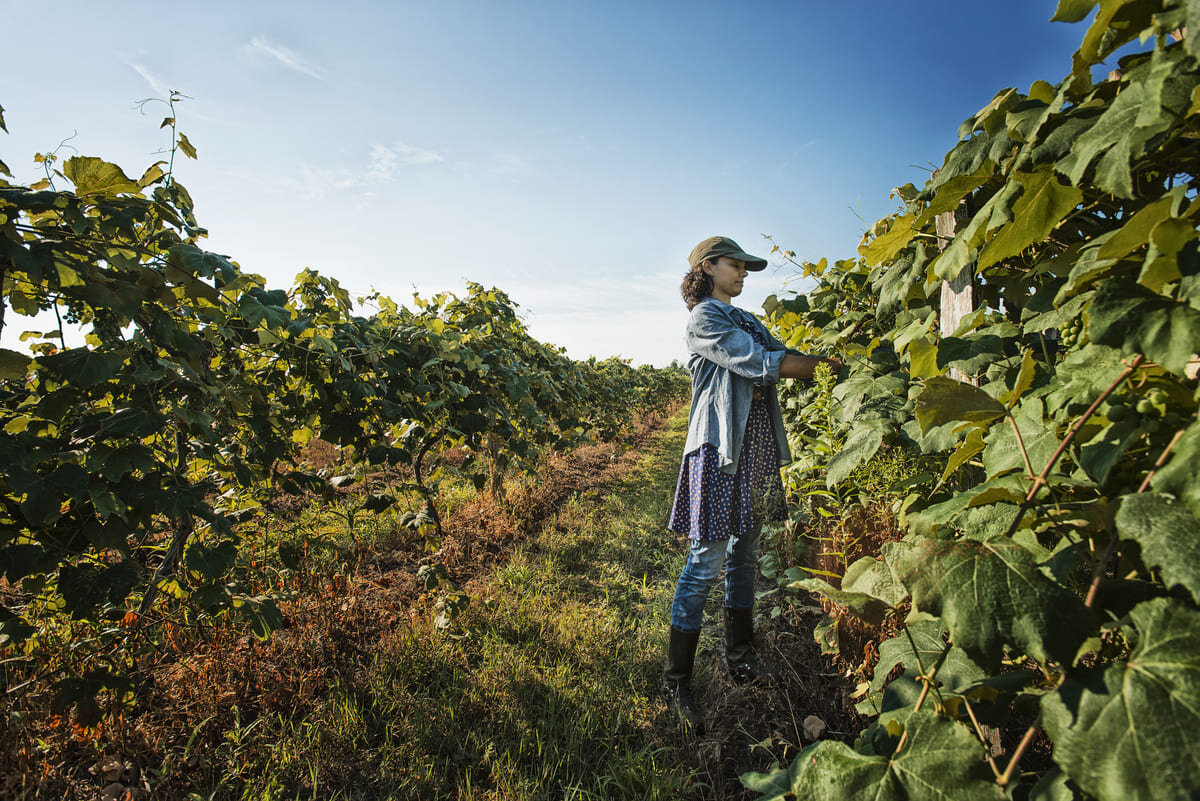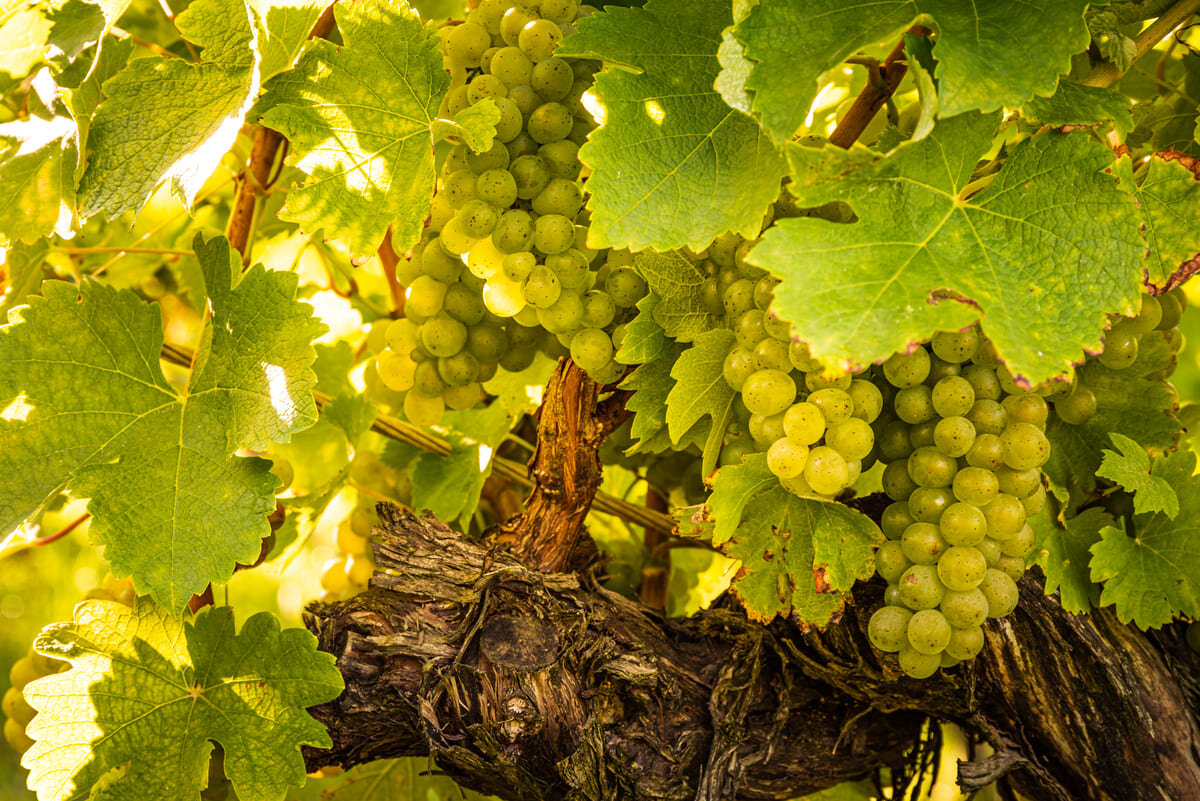Chateau St Martial
In the Saint-Emilion appellation on the right bank of Bordeaux, lies the prestigious Chateau of Saint Martial. The property was purchased in 1782, by Bertrand Petit Dupeyrat just prior to the French Revolution. Chateau St. Martial produces one cuvee of Grand Cru St. Emilion. Producing the exceptional Chateau St. Martial cuvee are brother and sister grape growers and winemakers Monique and Michel Micheau-Maillou.
The Micheau-Maillou family legacy is deep rooted in the Libournais region. Following regional unrest at the end of the 1st World War, Michel and Monique’s grandfather established a great partnership with a friend from the army, who would begin working with him in the vineyard.
In any classic winemaking operation, a winemaker or winery will produce wine from grapes grown on their own property or purchase grapes from contract growers. A métayage agreement is a historical form of sharecropping, created by the Romans during the medieval era. Traditionally, a landowner and
farmer/ winemaker will enter a métayage contract, where the landowner provides capital and funding to maintain the land, while the farmer/tenant provides labor to tend the vines and maintain the property. Parties will typically split the profits in half or a two-thirds-one third split, with the tenants taking the lower portion.
In 1956, the Micheau-Maillou family was entrusted with the operation and management of the Château St Martial property. The Micheau-Maillou family work in close partnership with the owner and descendent of the estate, Bruno Dupeyrat, under a métayage agreement. The relationship between the two families is a bond built on trust and mutual respect.
The Grand Cru status of this wine is distinct from AOC St. Emilion, in that it symbolizes the most superior quality. Grand Cru classification recognizes a maximum grape yield of 40hl per hectare. It also governs that the wine be aged for a minimum of 18 months, for optimal maturity and complexity. Wines are tasted and analyzed each year to ensure peak quality for every consumer.
Michel’s 35-year grape growing philosophy is defined by a deep respect for nature and support in the vineyards through sustainability and adaptation. At the heart, Michel’s farming approach is as natural as possible. Michel preserves the health of soil and vines with one copper treatment per year – an environmentally friendly technique used for generations.
Michel allows nature to determine the date of harvest. Michel estimates approximately 100 to 105 days from bud flowering to veraison followed by 50 days to the date of harvest, but with close attention to detail, and a close connection to the vine, nature itself will determine the perfect date. By staying attuned to nature, Michel is extremely aware of the impact of climate change.
“We have seen a steady increase in temperature from an average of 12.8% back in 1982 to an average of 14.2º in 2019. From a winemaking perspective we see changes in the sugar concentration, skin thickness and density of our wines. Being as close to the vines as possible during harvest and adapting your harvest approach should be the aim of any good winemaker”.
Less that 20,000 bottles are produced from the estate’s 9-nine vineyard. This cool, sandy gravel limestone plot is home to 80% Merlot and 20% Cabernet Franc vines, that date back an average of 37 years. Well-drained soils and cool, long ripening allow for optimal flavor maturation and divine concentration. This is an elegant grand cru St. Emilion with velvety, wildflowers and dark fruits. Typically, Chateau St. Martial is sold exclusively to family, friends & restaurants, so, we are privilege to be able to share this wine with you.


